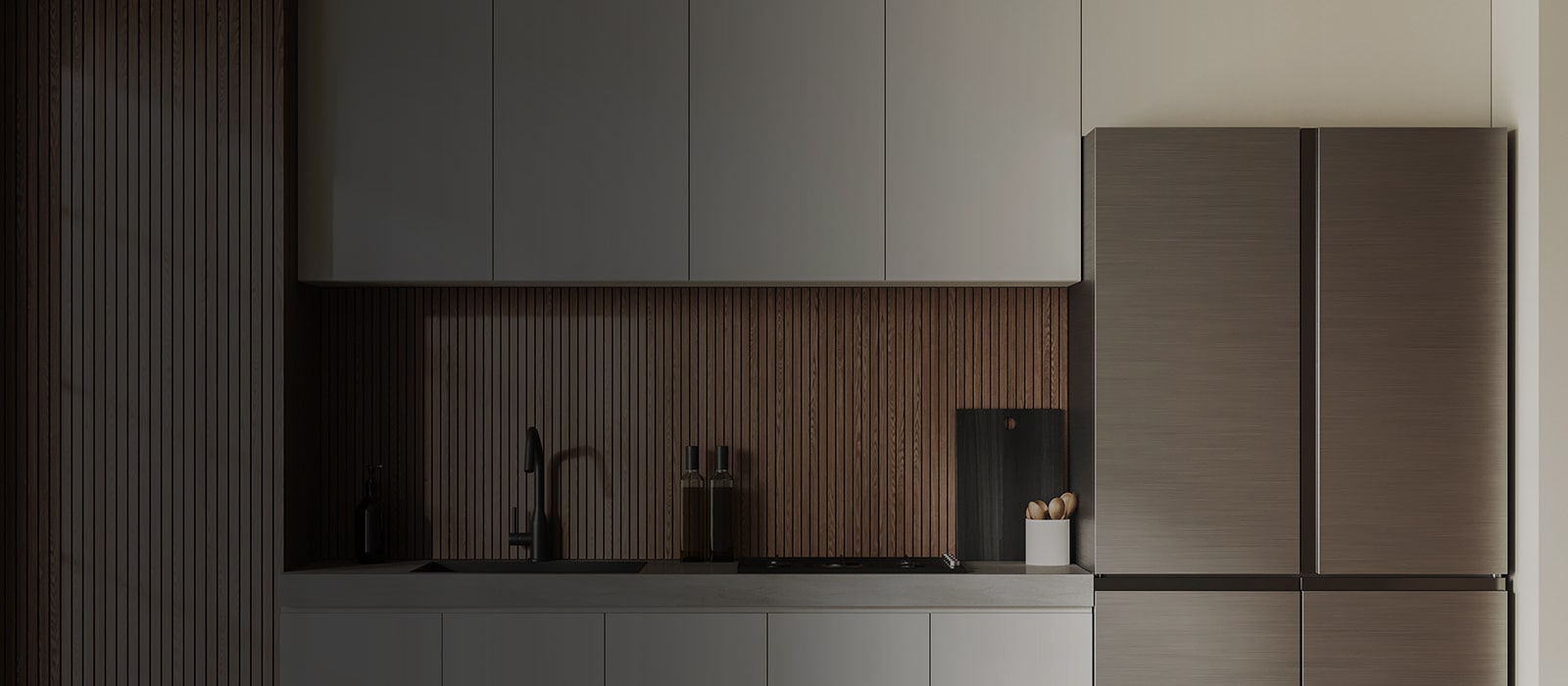Compression
The refrigeration cycle starts with a compressor. Firstly, the compressor compresses the refrigerant gas to increase its pressure and temperature.
Condensation
The refrigerant gas is then pushed into condenser coils, located on the back of the refrigerator.
As the high-temperature, high-pressure refrigerant gas flows into the coils, it comes in contact with the low-temperature outside air. The heat from the hot refrigerant gets dissipated to the surroundings turning it into liquid.
Expansion
The expansion valve reduces the hot liquid refrigerant’s pressure and temperature before it enters the evaporator coils. Consequently, the refrigerant expands decreasing its temperature and pressure.
Evaporation
The low-pressure, low-temperature refrigerant then enters the evaporator coils which are usually located inside the refrigerator. As the heat from the refrigerator passes over the evaporator coils, refrigerant flowing through the coils absorbs this heat and turns into low-temperature, low-pressure refrigerant gas.
As the refrigerant absorbs heat from the air, it cools down the air inside the refrigerator, creating a cold environment for storing food and other items. The low-pressure, low-temperature refrigerant gas is again sucked into the compressor and the refrigeration cycle repeats itself. And this is how a refrigerator always keeps its contents cold and fresh.






